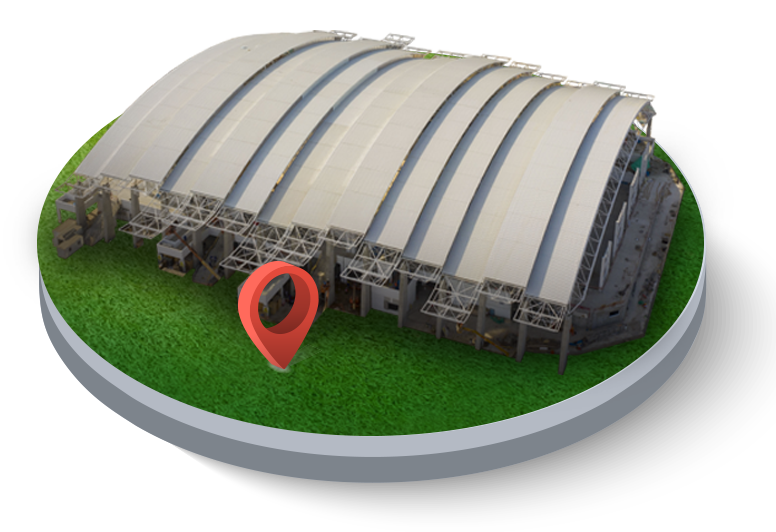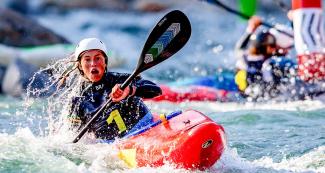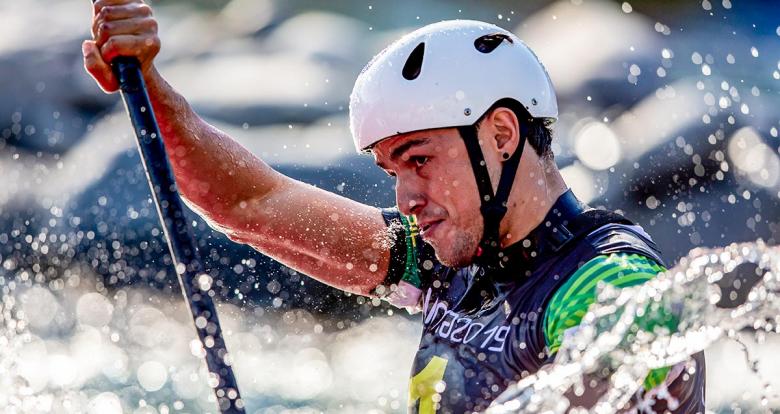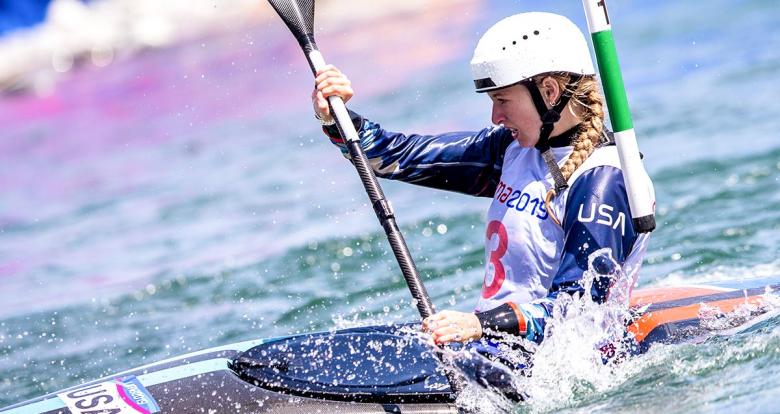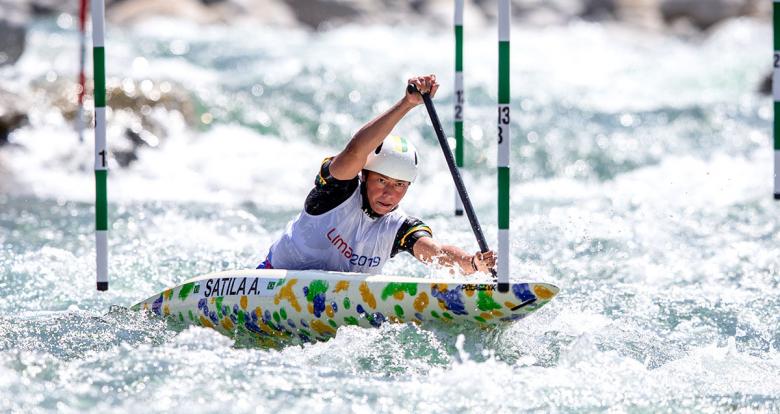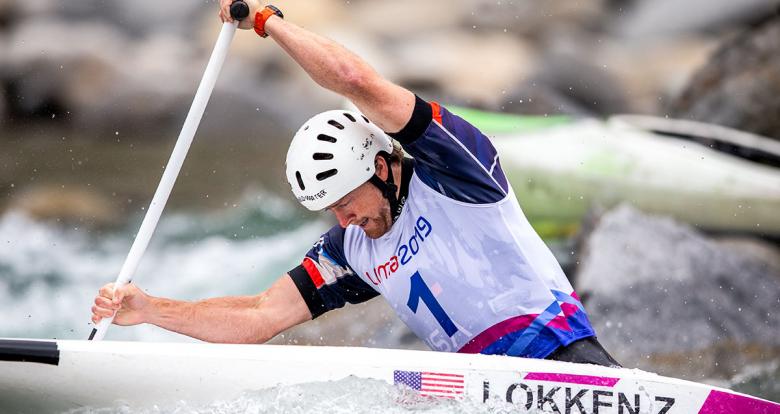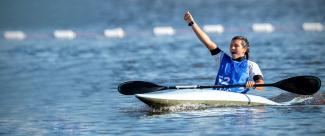
Canoe Slalom
|
male events
|
female events
|
|---|---|
| K1 | K1 |
| C1 | C1 |
|
male events
|
|---|
| K1 |
| C1 |
|
female events
|
| K1 |
| C1 |
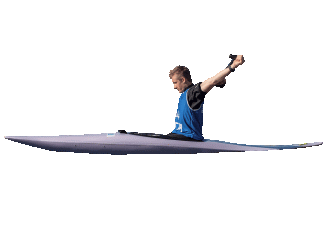
Canoe slalom is a sport where athletes row at high speed through a whitewater circuit (river or canal) containing rocks, falls and eddies. It can be performed in two ways: sitting on a kayak with a closed cockpit and a double-bladed paddle, or kneeling on a canoe with a closed cockpit and a single-bladed paddle.
Along the course, there were 18 gates marked with 18 doors could be seen marked with poles suspended in strategic points of the current; athletes did not have to touch any of them but it was mandatory for them to pass them. The course had to completed in the shortest time possible.
Each event began with qualifying heats. All athletes completed the course twice. The athlete with the best result in each heat advanced to the semifinal. The athletes with the best time in the semifinal advanced to the final.
The Extreme Canoe Slalom competition began with a pre-competition time trial stage, which allowed organizing all participating athletes by time. The format for time trials was one athlete at a time with no gates. Once the trials finished, the athletes passed on to the preliminary stage, where they qualified for the semifinals and then the final race.
Before Lima 2019, Cuba led the medal list with 36 gold medals, followed by the United States with 25. The city of Lunahuaná in Cañete was the host of this Pan American sport.

Images
